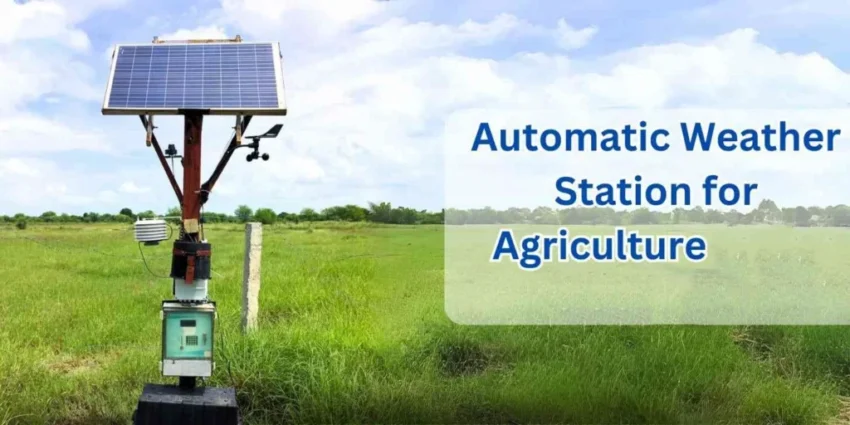
# Automated Weather Station: Revolutionizing Meteorological Data Collection
## Introduction
In the ever-evolving world of meteorology, the automated weather station (AWS) has emerged as a game-changer. These sophisticated systems are transforming the way we collect, analyze, and utilize weather data, providing unprecedented accuracy and efficiency in meteorological observations.
## What is an Automated Weather Station?
An automated weather station is a complex network of sensors and instruments designed to measure various atmospheric parameters without human intervention. These stations typically include:
– Temperature sensors
– Humidity sensors
– Wind speed and direction sensors
– Precipitation gauges
– Barometric pressure sensors
– Solar radiation sensors
## Advantages of Automated Weather Stations
The implementation of AWS technology has brought numerous benefits to meteorological data collection:
### 1. Continuous Monitoring
Unlike traditional manual observations, AWS can provide 24/7 data collection, ensuring no gaps in weather records.
### 2. Improved Accuracy
Automated systems eliminate human error and provide consistent, precise measurements across all parameters.
### 3. Remote Accessibility
Data from AWS can be accessed remotely, allowing meteorologists to monitor conditions from anywhere in the world.
### 4. Cost Efficiency
While the initial investment may be significant, AWS reduces long-term operational costs by minimizing the need for manual labor.
## Applications of Automated Weather Stations
The versatility of AWS has led to their widespread adoption in various fields:
– Agriculture: Optimizing irrigation and crop management
– Aviation: Enhancing flight safety and route planning
– Climate research: Providing long-term climate data
– Disaster management: Early warning systems for severe weather events
– Renewable energy: Optimizing wind and solar power generation
## Challenges and Future Developments
Despite their numerous advantages, AWS face certain challenges:
– Maintenance requirements in harsh environments
– Data transmission issues in remote locations
– Cybersecurity concerns for networked systems
Future developments in AWS technology focus on:
– Integration with artificial intelligence for predictive analysis
– Miniaturization of components for increased portability
– Enhanced energy efficiency through solar power optimization
– Improved data processing capabilities for real-time analysis
## Conclusion
The automated weather station represents a significant leap forward in meteorological technology. As these systems continue to evolve, they will play an increasingly crucial role in our understanding of weather patterns, climate change, and environmental management. The revolution in weather data collection brought about by AWS is not just transforming meteorology but also shaping the way we interact with and respond to our ever-changing atmosphere.
Keyword: automated weather station
